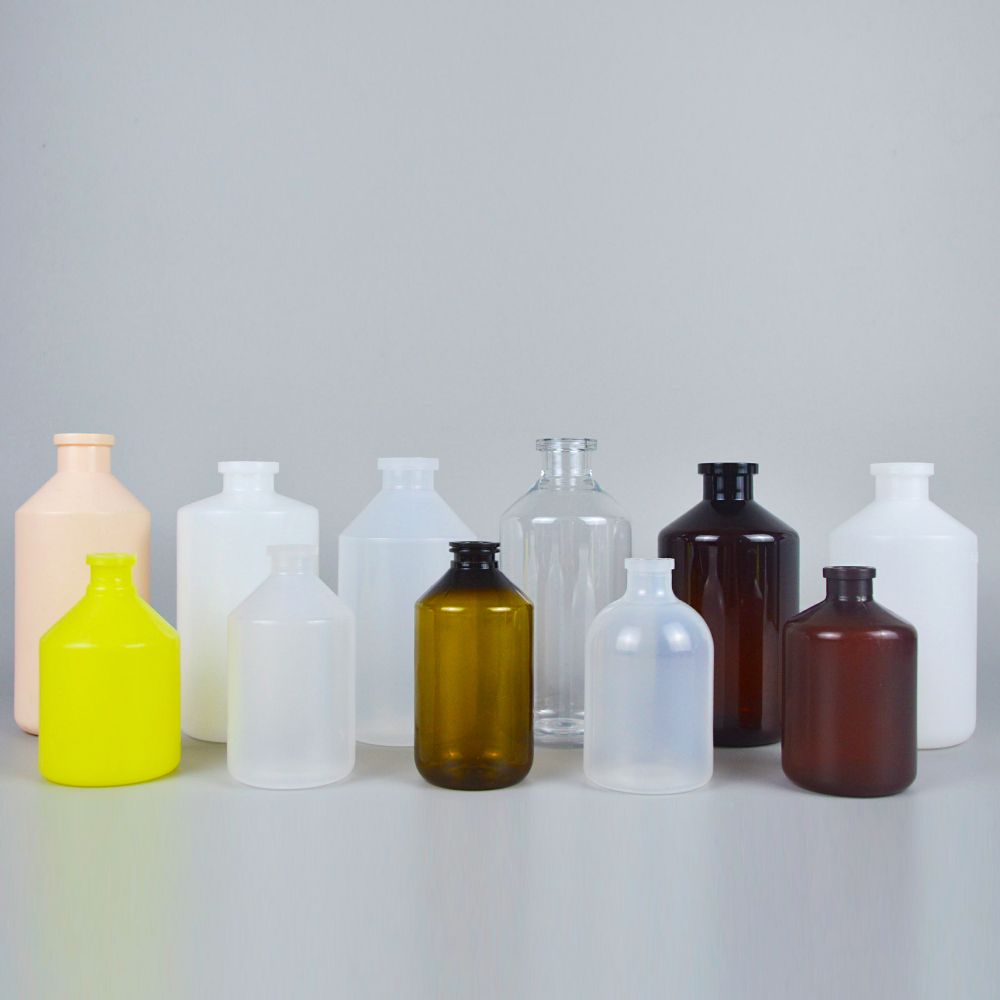SST Tubes for Efficient Serum Sample Collection and Storage
The Importance of SST Tubes for Serum Collection in Clinical Laboratories
In the realm of clinical diagnostics, the collection and analysis of serum samples play a crucial role in obtaining accurate and reliable results. One of the most widely used tools for this purpose is the Serum Separator Tube (SST). This specialized tube has transformed how laboratories collect and process serum, ensuring efficiency and precision in diagnostic testing.
SST tubes are designed with a gel barrier that allows for the separation of serum from the cellular components of blood. When blood is drawn into an SST tube, it clots and the gel forms a barrier between the serum and the cellular elements once the tube is centrifuged. This feature is pivotal for serum collection, as it minimizes the risk of contamination and allows for the safe transport of serum without the need for additional aliquoting steps.
The Importance of SST Tubes for Serum Collection in Clinical Laboratories
SST tubes are also designed to enhance the stability of the serum sample. The gel barrier prevents contaminants from entering the serum, which is crucial for maintaining the integrity of the sample during transportation. This is particularly important for tests that are sensitive to changes in the sample matrix, ensuring that clinicians receive accurate results that reflect the patient’s true health status.
sst tubes for serum collection

Moreover, SST tubes come with various additives that can facilitate specific types of tests. For example, some SST tubes contain clot activators that promote faster clot formation, while others may include preservatives or stability agents that enhance the longevity of the serum. This adaptability allows laboratories to optimize their workflows for different assays, improving overall efficiency.
Another significant advantage of SST tubes is their compatibility with automated laboratory systems. Most modern clinical laboratories employ automated analyzers for high-throughput testing. SST tubes are designed to be compatible with these systems, allowing for seamless integration into the sample processing workflow. This compatibility not only enhances productivity but also reduces turnaround times for test results, benefiting both healthcare providers and patients alike.
Despite their many benefits, it is crucial for laboratory personnel to be aware of best practices when using SST tubes. Proper training in blood collection techniques, as well as an understanding of the tube's intended use, ensures that samples are collected and processed correctly. Additionally, adhering to manufacturer guidelines regarding fill volume and storage conditions will further enhance the reliability of the results obtained from serum samples.
In conclusion, SST tubes have become an indispensable part of serum collection in clinical laboratories. Their design, which facilitates efficient separation, enhances sample stability, and integrates well with automation, makes them an optimal choice for serum collection. As the demand for accurate and timely diagnostic testing continues to rise, the role of SST tubes will undoubtedly remain central to the operations of modern clinical laboratories.
-
Aesthetic Makeup Spray Bottles | Fine Mist Empty RefillableNewsAug.19,2025
-
White Plastic Veterinary Vaccine Vials | Lab Liquid BottlesNewsAug.18,2025
-
Plastic Medicine Liquid Bottle: Secure Flip Top Drug VialsNewsAug.17,2025
-
Durable 250ml Blue Plastic Vaccine Vial for Lab & Vet UseNewsAug.16,2025
-
Sterile Virus Sample Tubes: Secure & Reliable Specimen CollectionNewsAug.15,2025
-
White 250ml Plastic Vaccine Vial for Lab & Vet MedicineNewsAug.14,2025
























